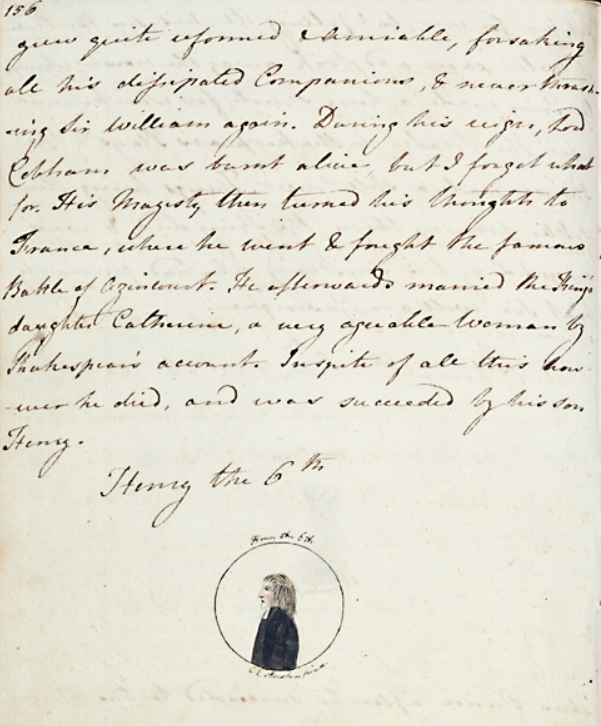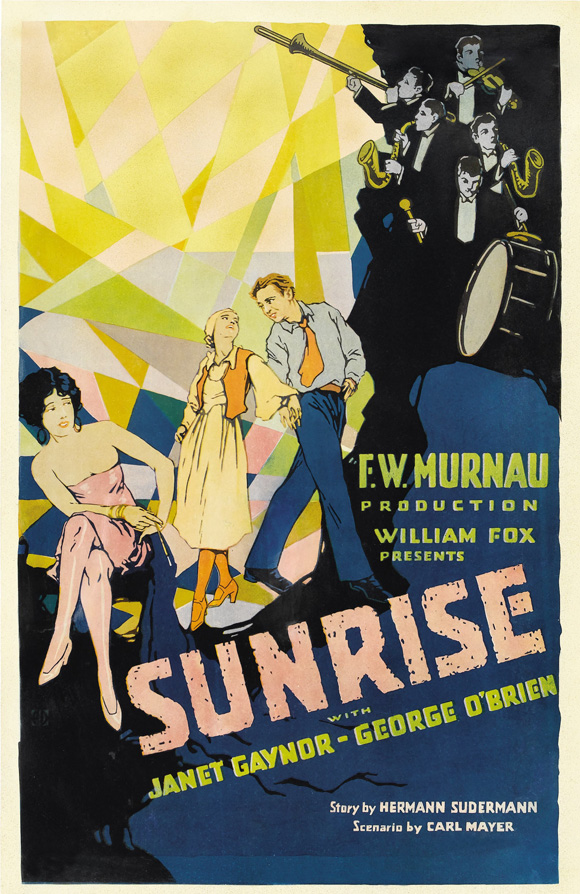Why have cinephiles, from the era of Laserdiscs through that of DVDs and now Blu-rays, so consistently respected The Criterion Collection? Speaking as one such cinephile, I could point to a number of factors: their curatorial bent toward important films, their production of rich supplementary features, their always impressive pieces of cover art. But Criterion has become increasingly known for the considerable work they put in not at the end of the process, when they package a classic or potentially classic motion picture for maximum aesthetic and intellectual appeal (and your purchase), but at the beginning, when they track down the actual celluloid film in the first place, often aged or damaged, and engage in the often painstaking task of returning it to the prime of visual and sonic life.
In the short Gizmodo video at the top, Criterion director Lee Kline and his team talk about the work they did to restore Alfred Hitchcock’s 1940 Foreign Correspondent, which included acquiring the negative from the Library of Congress, scanning the whole thing at high resolution over two days to a week, doing the research necessary to figure out how the film “should have looked,” clean up scratches and film damage, and filter out the clicks and pops on the soundtrack. (And yes, we get some insight into its “snazzy” cover design as well.) The Kline-narrated video just above offers a demonstration of Criterion’s restoration process on another piece of classic Hitchcock, the first, 1934-made version of The Man Who Knew Too Much, a picture with no known negative still in existence. A formidable challenge, but if we film geeks entrust that job to anyone, we entrust it to Criterion.
Related Content:
21 Free Hitchcock Movies Online
The Restoration of a Masterpiece, as Narrated by Martin Scorsese
Watch The Pleasure Garden, Alfred Hitchcock’s Very First Feature Film (1925)
Colin Marshall hosts and produces Notebook on Cities and Culture and writes essays on cities, Asia, film, literature, and aesthetics. He’s at work on a book about Los Angeles, A Los Angeles Primer. Follow him on Twitter at @colinmarshall or on his brand new Facebook page.








